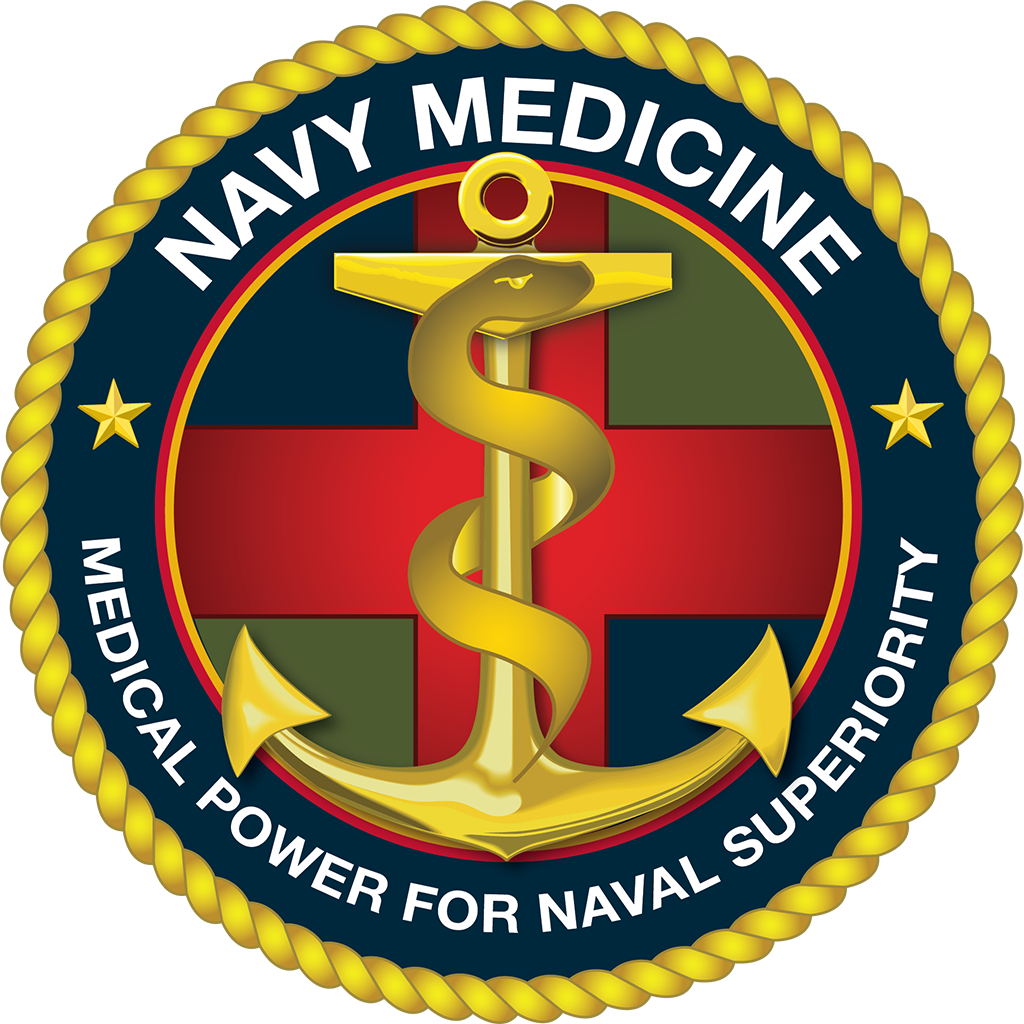The Director, Medical Resources, Plans, and Policy (N-931) asked CNA to analyze potential alternatives for Navy Medicine’s future deployable medical platforms, focusing on the 2015-2025 time frame. Specifically, N-931 directed CNA to:
- Analyze future environments in which Navy Medicine will operate
- Analyze the medical capabilities required by those future environments
- Describe and analyze generic potential platforms that could supply those capabilities
- Analyze the requirement-setting process and funding cycle to draw recommendations for Navy Medicine’s actions regarding future deployable medical platforms.
This research memorandum reports the results of CNA’s analyses, which are a preliminary step in identifying requirements and options for future deployable medical platforms. Navy Medicine will need to engage NAVSEA, N-42, and other parts of the Navy as it prepares more detailed studies of particular options.
Navy Medicine provides medical care to the Navy and Marine Corps during wartime and other operational contingencies. Its two largest platforms at this writing (early 2002) are the hospital ships (two) and fleet hospitals (ten). Both hospital ships are San Clemente-class tank- ers that were converted for medical purposes in the mid-1980s; each is equipped with 12 operating rooms, 80 intensive-care beds, and the capability to care for up to 1,000 patients. They are among the largest ships in the Navy—almost 900 feet long; they have one helicopter pad each and steam at about 17 n.mi. per hour. One hospital ship is sta- tioned in San Diego, and the other is in Baltimore.
A fleet hospital is a “tent medical center” designed to support the medical needs of the personnel on the ground. It arrives simulta- neously with CINC-delivered supplies that can sustain it for up to 60 days. Each of the 10 fleet hospitals worldwide has 6 operating rooms and 500 beds. A fully deployed fleet hospital can require 28 to 35 acres, and takes a considerable amount of labor and equipment to construct on a new site. Fleet hospitals are in containers on Maritime Prepositioning Force (MPF) ships, as well as prepositioned in containers in strategic areas of the world.
Navy Medicine’s hospital ships have a long history, dating back to the Spanish-American War, and they have proved their usefulness in many conflicts, including Operation Desert Shield/Desert Storm. Similarly, the fleet hospitals (and their precursors) have been essential tools for caring for wounded Marines and Sailors from the 1800s through Operation Desert Shield/Desert Storm.
Looking to the future, Navy Medicine’s hospital ships and fleet hospi- tals are capable of supplying the large number of beds needed in the event of two nearly simultaneous Major Theater Wars (MTWs). Nev- ertheless, we need to consider alternative platforms for the future years for the following reasons:
- Changes in the global environment that expand the traditional warfighting mission of the Navy/Marine Corps to include such missions as homeland defense, urban warfare, biological/ chemical warfare, and military operations other than war.
- Changes in Navy/Marine Corps warfighting concepts that require the Marines to be supported by sea-based logistics. In addition, the Navy and Marine Corps will move faster over greater distances, and possibly be more interspersed with the enemy than they have been in past conflicts.
- Changes in the helicopters, landing craft, and other equipment with which Navy Medicine’s platforms will need to interface, which make it imperative that Navy Medicine’s platforms change to continue to be useful.
Approved for Public Release; Distribution Unlimited. Specific authority: N00014-00-D-0700.
Details
- Pages: 154
- Document Number: CRM D0005085.A2 / Final
- Publication Date: 2/1/2002
